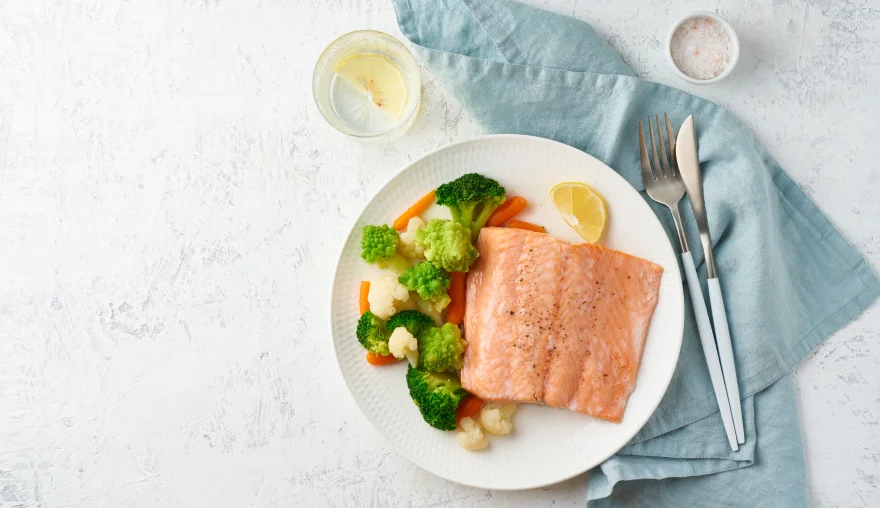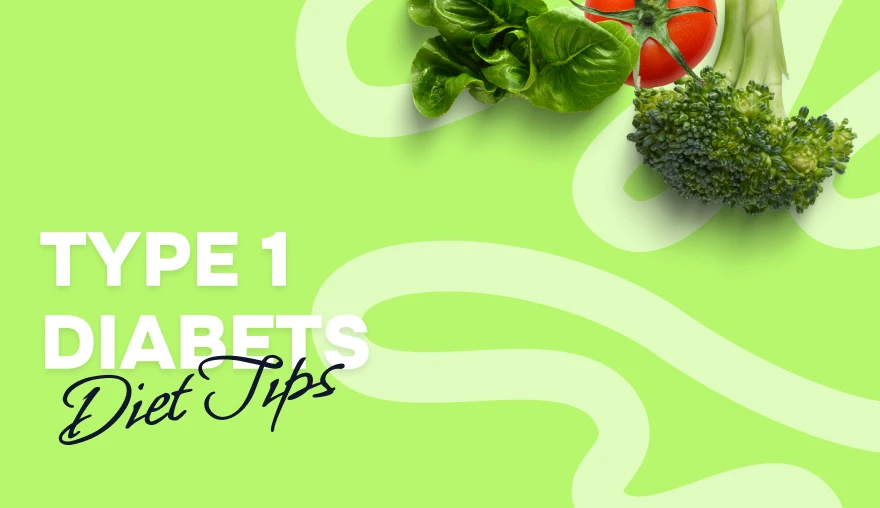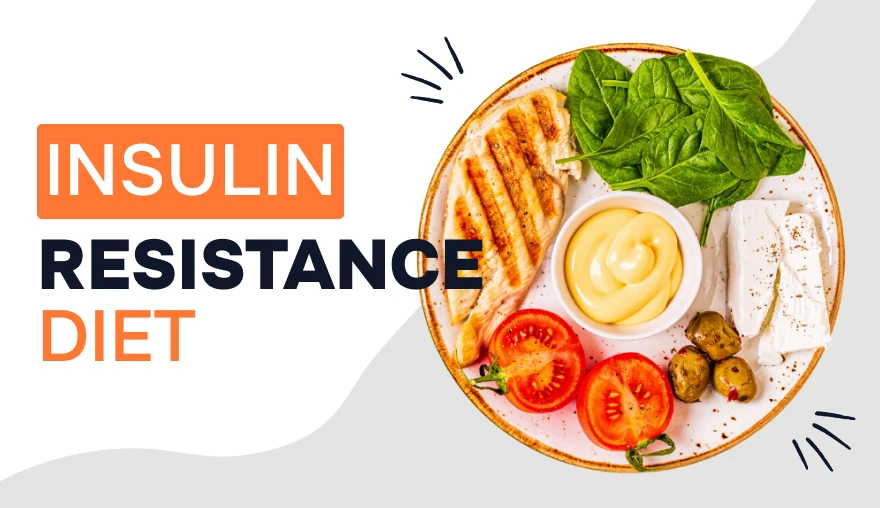Do you want to try the FODMAP diet but doubt it will suit you? Do you need to get the FODMAP diet explained? We will help you understand all the intricacies of this nutrition type.
Did you know that the FODMAP diet was developed in Australia at Monash University? They determined who needed the FODMAP diet and the help it could provide.
Are you interested in the FODMAP diet meaning? It is an abbreviation for the names of fast-fermentable short-chain carbohydrates that are inefficiently absorbed, increasing the osmotic activity of the intestine:
F – fermentable (rapidly degraded by bacteria);
O – oligosaccharides (which include fructans contained in garlic, onion, wheat, and pulses, as well as inulin and galactooligosaccharides contained in legumes);
D – disaccharides (which include lactose in dairy products and fructose contained in fruits and corn syrup);
M – monosaccharides (which are contained in honey, syrup agave, apples, mango, pears, melon, and fruit syrup);
AP – polyols (which are found in some artificial or organic sweeteners, apples, avocados, cherries, plums, and mushrooms).
If fructose, lactose, and polyols can be partially absorbed, then fructans and galactooligosaccharides are not absorbed at all.
The FODMAP diet for IBS is indicated as well as in the BOS (bacterial overgrowth syndrome). These are chronic and long-term diseases that require changes in diet and lifestyle. In irritable bowel syndrome low FODMAP diet eliminates such unpleasant symptoms, as:
- abdominal pain;
- abdominal distension;
- intestinal obstruction.
Thus, the purpose of the FODMAP diet is a relief for those whose digestive system does not cope well with rapidly fermentable carbohydrates. If you have similar problems, we recommend that you revise the high FODMAP diet in favor of the low FODMAP diet.
Subscribe to our blog
Get the latest insights.
How does the FODMAP diet work
Evidence suggests that this eating style solves the problems of people with IBS (irritable bowel syndrome) and other chronic gastrointestinal diseases. According to the data, 86% of symptoms disappear or become less pronounced. There are three stages of the diet:
- Elimination. First, all products containing many rapidly fermentable carbohydrates are excluded from the diet.
- Reintroduction. Then the excluded products are gradually returned to the menu, observing which of them provoke digestive problems.
- Integration. In the future, the dangerous products are avoided completely, using those well-tolerated by the digestive system.
The duration of the Elimination phase does not exceed 2-8 weeks, and after the Reintroduction, the diet becomes the usual diet that will not contribute to gastrointestinal irritation.
How to do FODMAP diet for the best result
How to follow the FODMAP diet? To do this, first of all, you need to check all the products that make up your menu for rapidly fermentable carbohydrates in their contents.
According to the diet rules, you exclude foods rich in quickly fermentable carbs. If you want to go on this long journey by yourself, there is a high probability of missing some hidden dangerous carbs, which will make the diet insufficiently effective.
That is why you should find a competent specialist in this field who will help to deal with all the subtleties of the diet, based on your features and health problems.
What can you eat on the FODMAP diet?
This eating style was developed for people with IBS, but the degree and severity of symptoms are individual for each person. Since not all of the carbohydrates can cause a negative reaction, limiting them rather than eliminating them altogether is recommended. It should be emphasized that this approach helps to reduce symptoms but does not cure the disease itself. During the diet, products with high FODMAP content are excluded, and products with moderate content are restricted. Low FODMAP diet foods allowed:
- vegetables and legumes (cucumbers, potatoes, zucchini, string beans, radish, tomatoes, carrots, ginger, etc.);
- fruit and berries (pineapple, orange, grape, lime, melon, strawberry, cranberry, etc.);
- meat (turkey, chicken, pork, lamb, beef);
- seafood (shrimp, crab, lobster, oyster);
- fresh fish (cod, flatfish, salmon, tuna, trout) and canned tuna;
- gluten-free bread products (except rye and wheat);
- grains, flour and foods made of it (buckwheat, rice, corn, oats);
- tapioca;
- starch;
- eggs;
- oil;
- milk (lactose-free, almond, rice, oat);
- cheese (parmesan, cheddar, feta, mozzarella);
- sweets (strawberry jam, fruit marmalade, maple syrup);
- seasonings and sauces (ketchup, mustard, apple and balsamic vinegar, soy sauce, etc.);
- nuts (Brazilian, macadamia, peanuts);
- seeds (pumpkin, chia, sesame, sunflower);
- drinks (coffee without milk or with permitted milk, protein beverages from permitted products, herbal tea, etc.);
- sweeteners (sugar, sucralose, Aspartame, etc.)
In the low FODMAP diet, meat is only allowed in untreated form, except for turkey breast ham and prosciutto ham. If you need a detailed list of low FODMAP diet-suggested foods, it is better to contact a professional dietician.
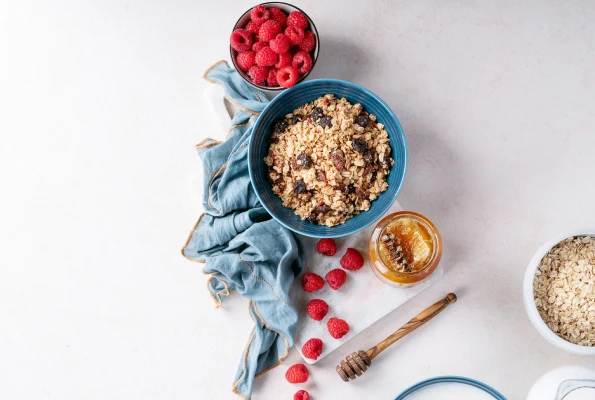
Low FODMAP diet: what not to eat?
In addition to allowed ones, there are foods to avoid on the FODMAP diet. You will have to give up:
-
- vegetables and legumes (garlic, onion, cauliflower, mushrooms, beans, chickpea, asparagus, soy, etc.);
- fruit and berries (avocados, ripe bananas, apricots, mangoes, apples, peaches, plums, watermelon, blueberries, cherries, sea buckthorn, etc.);
- processed meat;
- sausage;
- meat products containing garlic and onions;
- baked goods with gluten, from rye and wheat flour;
- almond flour products;
- muesli;
- couscous;
- milk and its products;
- sweets (jams from prohibited berries and fruits, honey);
- hummus, tzatziki, tahini;
- nuts (almonds, pistachios, cashews);
- drinks (chicory, juices from forbidden fruits, fruit-herbal teas, soy milk, etc.);
- corn syrup, agave syrup;
- sweeteners (xylitol, sorbitol, inulin, martitol, etc.).
The low FODMAP diet for beginners: where to start?
Before starting a diet, you need to make sure that you need it. If you don’t experience eating problems, you don’t need to change your eating style. It is done by those who have medical indications.
It is difficult for a beginner to identify permitted and prohibited products. If you don’t know how to start a low FODMAP diet, start by removing foods that contain a lot of fructose, lactose, fructans, galactans and polyols.
A complete guide from researchers at Monash University will be useful for beginners.
Who should try it
The diet is indicated for those who suffer from IBS, BOS and other digestive system disorders. It helps significantly reduce the unpleasant symptoms from the part of the gastrointestinal tract and improve overall health. At the same time, its effectiveness is influenced by individual characteristics.
The diet is not suitable for general use and is contraindicated for people with disordered eating behaviors, because it can exacerbate its manifestations.
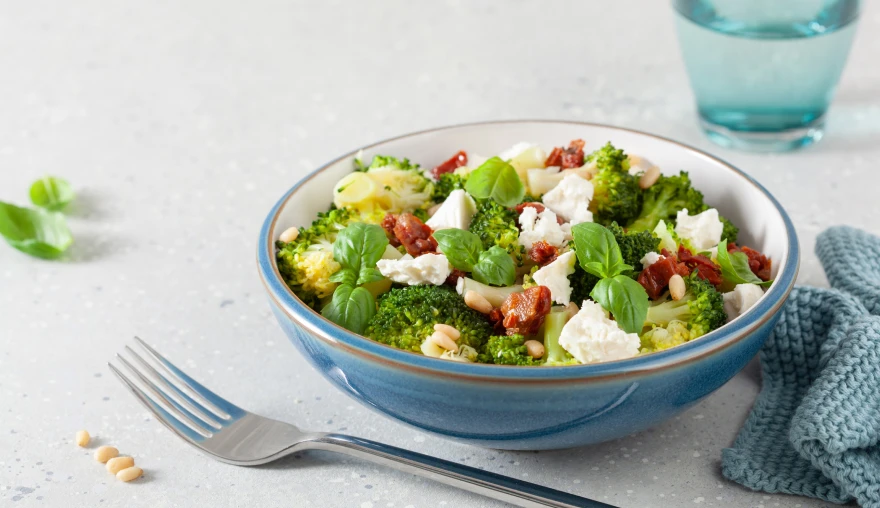
Relevant article
What Is Keto Diet: Complete Weight Loss GuideConclusion
This diet style was developed specifically for those suffering from digestive system disorders such as IBS and BOS. According to studies, if food rich in rapidly fermentable carbs is excluded from the diet, the health of most people with similar pathologies improves greatly. To determine whether you need to adhere to this type of nutrition, you need the advice of a specialist who will take into account individual features and create a personal menu for you.
FAQ
This eating style requires specialist supervision. It can only be prescribed by a dietician based on certain symptoms from the part of the gastrointestinal tract. Tests may also be required to confirm the need to adjust the diet. It is also advisable to address all questions that arise to a specialist.
- What is not allowed on the FODMAP diet?
Products that are rich in rapidly fermentable carbohydrates that provoke a negative reaction from the part of the gastrointestinal tract are prohibited. Avoid those with a lot of lactose and fructose, as well as some cereals, legumes and alcohol sweeteners like xylite.
- Are eggs OK for the FODMAP diet?
Eggs are included in the list of permitted products. They have very few fermentable carbohydrates but are rich in nutrients and a very useful product. - What are the most common FODMAP triggers?
Among the most common triggers are dairy and sweet products, as well as bread and wheat flour pastries, which are on the menu for most of us. Often, you need to give up just these products for your condition to improve. - What is the highest FODMAP food?
The highest content of rapidly fermentable carbohydrates is found in milk and milk-based products, yogurt, ice cream, wheat bread and cereals, and crackers, beans, lentils, artichokes, onions, garlic, and asparagus. These products are difficult to digest, as rapidly fermentable carbohydrates cause digestive problems, especially in people with IBS and other chronic gastrointestinal pathologies.

“Hayley Liew has credentials as both a Provisional Psychologist and a Practicing Dietitian ”

